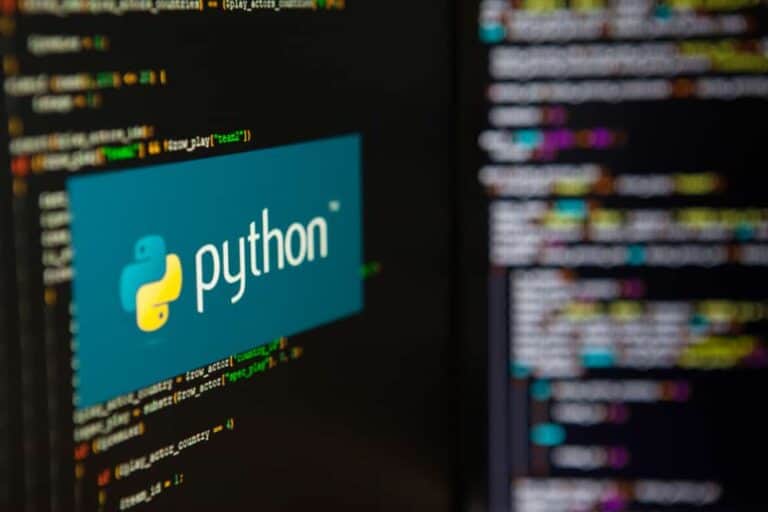The annual Python Developers Survey shows a programming environment in transition. Data science accounts for more than half of all Python use, while Rust is emerging as Python’s performance partner. Remarkably, exactly 50 percent of the developers surveyed have less than two years of experience.
Half of the Python community consists of relative newcomers. Exactly 50 percent of respondents have less than two years of professional programming experience. Specifically for Python, 39 percent have less than two years of experience, including hobby projects.
This demographic shift is influencing the way the community learns and works. Documentation remains the most important learning resource, but YouTube videos score highly among the younger generation (51 percent). AI tools as a learning tool rose from 19 to 27 percent, an increase of 42 percent year-on-year.
Data science dominates the Python landscape
The figures from the eighth annual developer survey, conducted by the Python Software Foundation and JetBrains, show a clear shift. Data science and analytics now account for 51 percent of all Python projects. This marks a definitive departure from the old model, in which Python was evenly distributed across web applications, data science, and other applications.
This growth coincides with the explosion of AI tools and machine learning applications. Python libraries such as Pandas, NumPy, Transformers, and Diffusers are benefiting from this trend. New tools such as Polars and Marimo are also capitalizing on the popularity of data processing.
Rust boosts Python performance
A notable development is the growing role of Rust in Python extensions. A third of developers now use Rust to build binary modules, compared to 27 percent last year. This is in line with the observation that a quarter to a third of all native code on PyPI for new projects uses Rust.
Successful examples of this combination include Polars for data processing, Pydantic for data validation, and Granian as an application server. Rust offers Python developers a way to increase performance without sacrificing the simplicity of Python.
Performance updates remain untapped
Despite significant performance improvements, 83 percent of developers still use outdated Python versions. They are missing out on important speed gains. A transition from Python 3.10 to 3.13 results in 42 percent faster execution and 20-30 percent less memory usage.
For companies, this means missed cost savings. The survey cites research that medium-sized companies can save $420,000 annually in cloud costs by upgrading to newer Python versions. For large enterprises, this rises to $5.6 million per year.
The main reasons developers give for postponing updates are that their current version is sufficient (53 percent) or that they lack the time for the upgrade (25 percent).
PostgreSQL and web development are growing
PostgreSQL is strengthening its position as the database of choice, growing from 43 to 49 percent usage among Python developers. This 28-year-old open source project has managed to remain relevant through constant innovation.
Web development within Python is showing growth again after years of decline, from 42 percent in 2023 to 46 percent in 2024. FastAPI is the big winner with a jump from 29 to 38 percent market share. This 30 percent increase suggests that newcomers are opting for more modern frameworks instead of established names such as Django or Flask.
Tip: New standard in Python brings solution for complex lock files
